Bolts/Anchors
Types of Bolts/Anchors
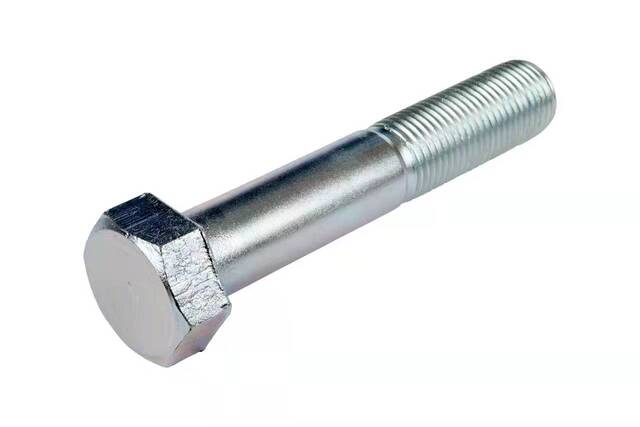
Hex Bolt/Cap Screw
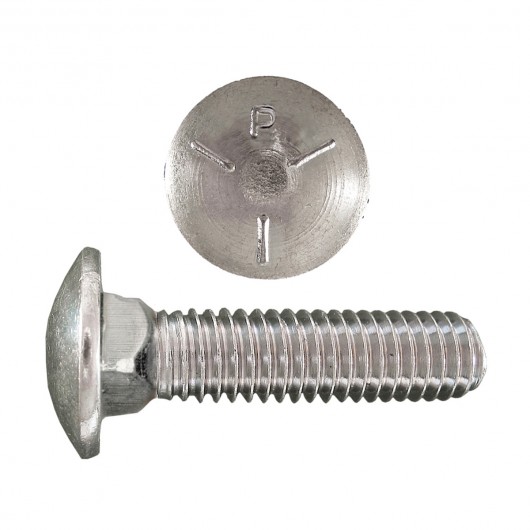
Carriage Bolts
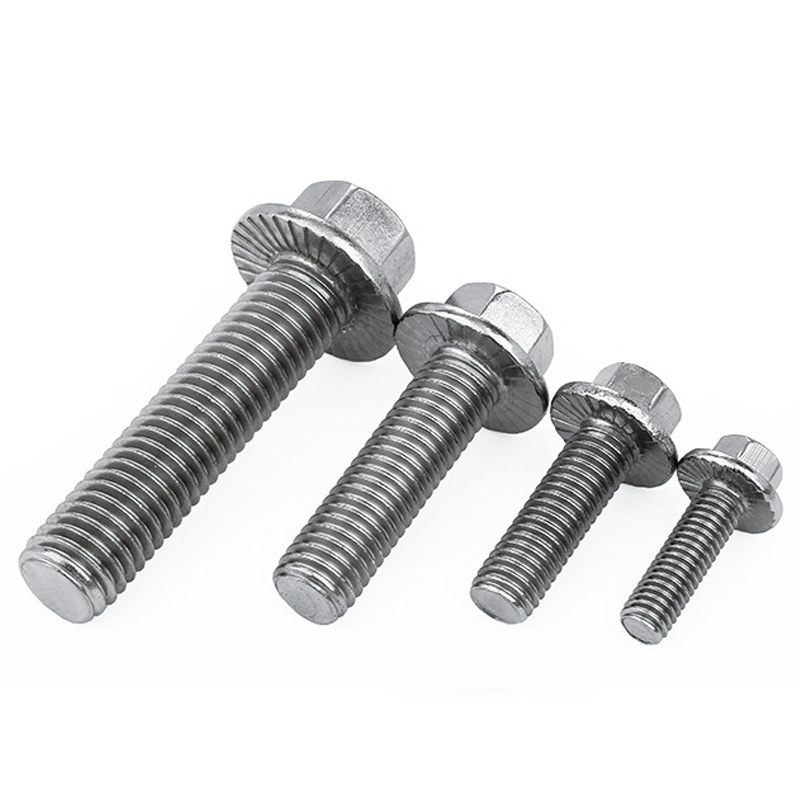
Flange Bolts

Concrete Bolts

Eye Bolt
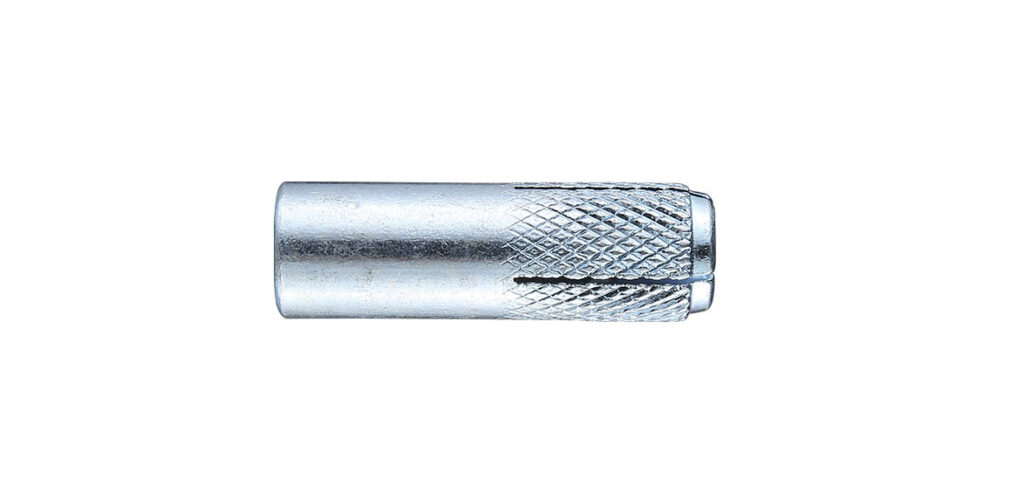
Drop In Anchor
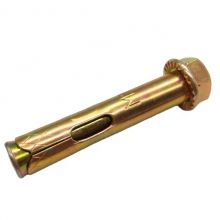
Sleeve Anchor
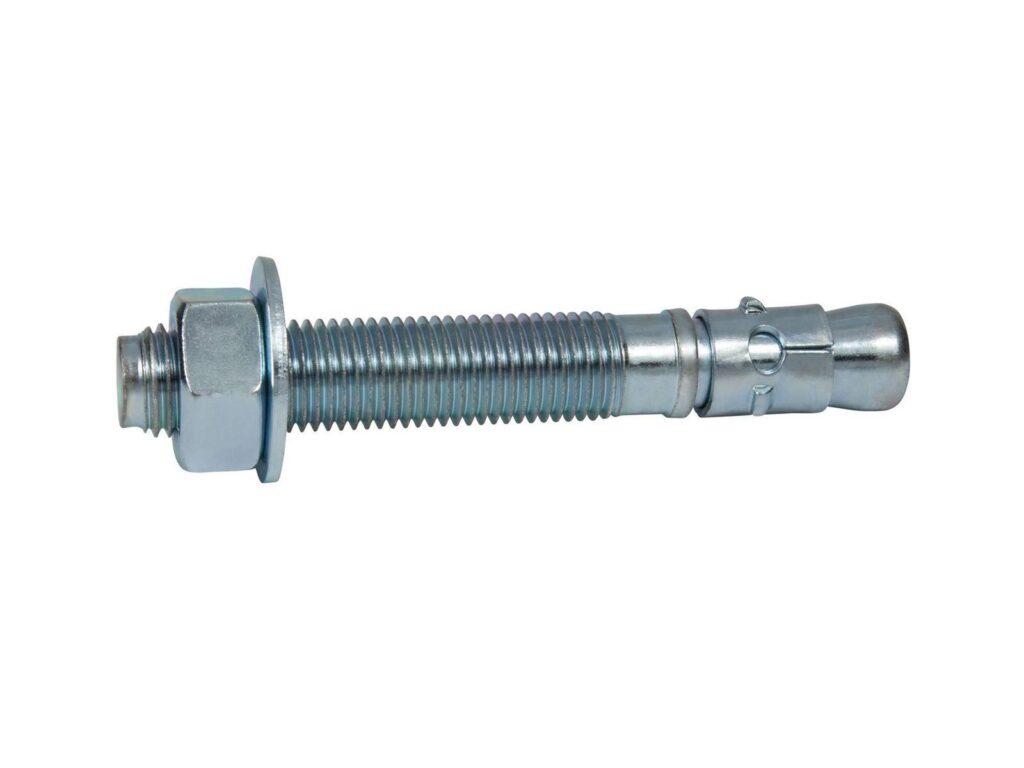
Wedge Anchor
REQUEST A QUOTE FOR MORE DETAILS
Guide 1
What are the Bolts/Cap Screws?
It is the term used for a threaded fastener, with a head, designed to be used in conjunction with and properly assembled by means of tightening a nut.
Guide 2
Parts Name of the Bolt/Cap Screw

Head: The head of the bolt is performed on the top to provide a bearing surface.
Bearing Surface: The bearing surface is a circular boss under the head of the bolts, also called the washer face. Also applicable for the nut.
Shank: The shank is the smooth part of the bolt which lies below the head and above the threads. Also called the body.
Point: Pointing is a secondary machining operation consisting of cutting points on fastener blanks, which have not been forge-pointed during the heading operation. Unless otherwise specified, bolts need not be pointed.
Grip Length: Total distance between the underside of the nut the bearing face of the bolt head; includes washer, gasket thickness, etc.
Thread Length: the distance between the extreme points of contact on the pitch cylinders or cones for two mating threads.
Length: the distance from the intersection of the largest diameter of the head with the bearing surface to the extreme point.
Guide 3
Meaning of Bolt/Cap Screw Grade
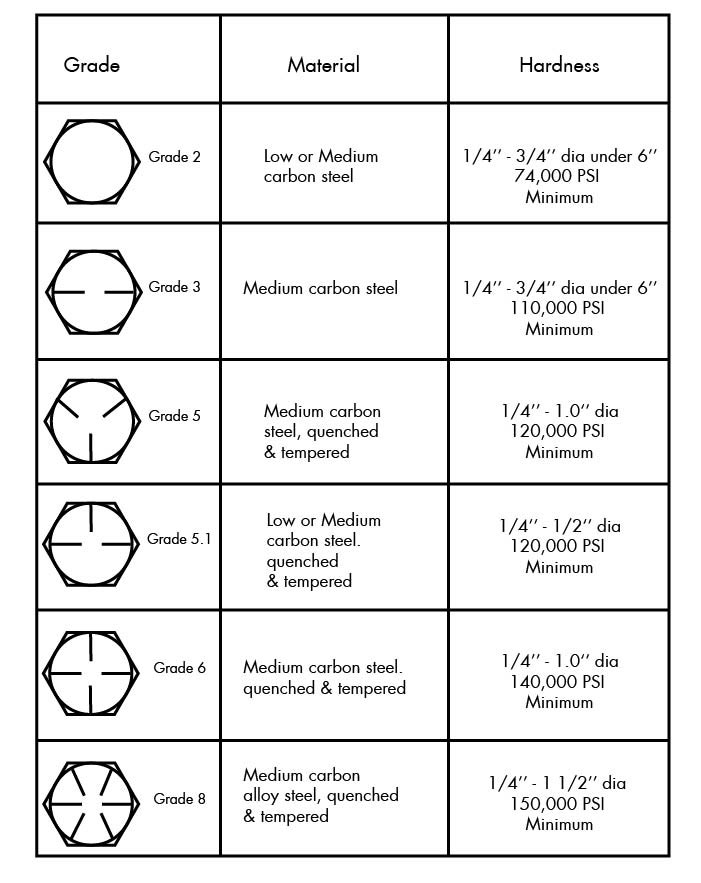
Bolts are made of different grades of steel. The grade of a bolt determines the maximum amount of stress (tensile strength) that the bolt can handle. Tensile strength is the amount of pull the bolt can withstand before breaking. The method used for tightening the bolt is also dependent upon the grade of the bolt. The grades are indicated on top of the bolts as raised numbers or dashes. There are three main systems of bolt classification: SAE, Metric, and ASTM.
SAE Bolt Grades—The standards for bolt strength grades in the U.S. are set according to a system developed by the SAE (Society of Automotive Engineers). The SAE marking system uses raised dashes on the bolt head to indicate strength.
Metric Bolt Grades—Metric grades are set according to rules set by the ISO (International Standards Organization). The grades consist of two numbers separated by a dot. The property class is expressed in raised or depressed numerals on top or on the side of the bolt head.
ASTM Bolt Grades—The ASTM grade standard is set by the American Society for Testing and Materials. Its strength grades are indicated by the letter A plus three numerals stamped on the bolt head.
Grade: Used for externally threaded INCH fasteners to designate the strength of the fastener.
Class: Used for METRIC fasteners to designate the fastener strength. Class is a material designation equivalent to the US term Grade.
Tensile Strength: Tensile strength is the maximum tension (pull or tautness applied as a loading, that a fastener can support prior to, or coincidental with, its fracture.
Guide 4
Designation of the Bolt/Cap Screw
INCH FASTENERS
Bolts shall be designated by the following data in the sequence shown:
(a) product name
(b) nominal size (fractional or decimal equivalent)
(c) threads per inch
(d) product length (fractional or decimal equivalent)
(e) material, including specification where necessary
(f) protective finish, if required
See the following examples:
EXAMPLES:
(1) Square Head Bolt per ASME B18.2.1, 3/8“ -16×1-1/2″. Steel per
ASTM A 307 Grade A, Zinc plated per ASTM F 1941 Fe/Zn 3A
METRIC FASTENERS
Bolts shall be designated by the following data in the sequence shown:
(a) product name
(b) nominal size
(c) pitch (omit for coarse thread)
(d) product length
(e) material, including specification where necessary
(f) protective finish, if required
See the following examples:
EXAMPLES:
(1) Hexagon Head Screw DIN933 – M20x40 – Class 8.8 – ZP per ISO 4042 A2F
Guide 5
Inspection of Bolt/Cap Screw
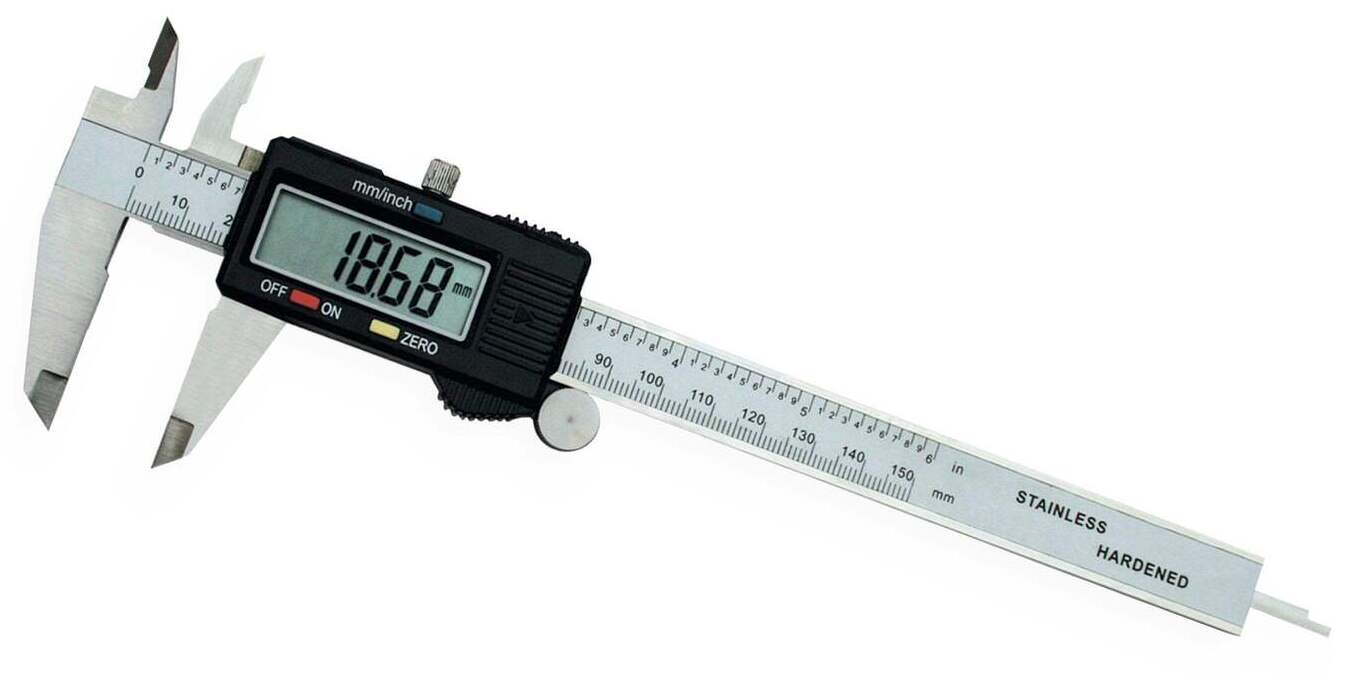
Vernier Caliper
Will use vernier calipers to measure the basic dimensions of bolts, like body diameter, head height, width across flats, length and so on.
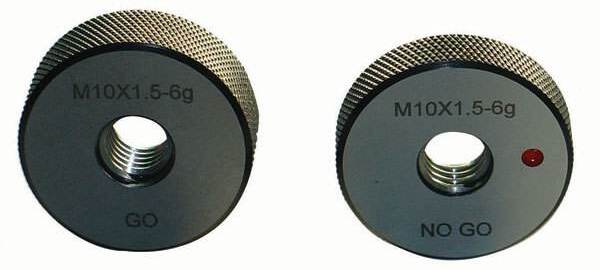
Thread Plug&Ring Gauge
Will use thread plug&ring gauge to test GO/NO GO, including metric thread (Coarse&Fine), inch thread (UNC&UNF), and British Standard Whitworth(BSW).
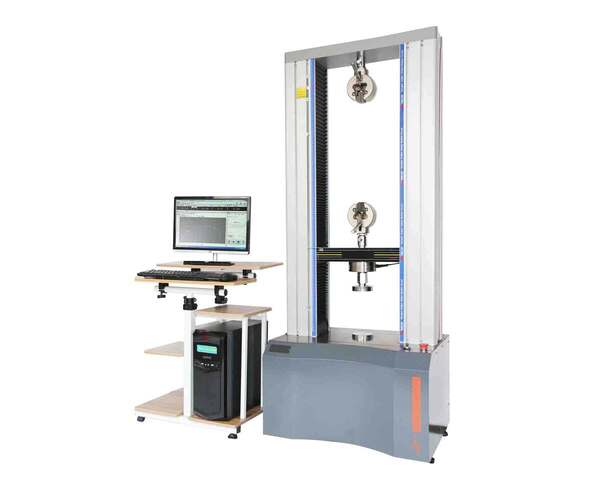
Tension Testing Machine
Will use the tension testing machine to measure the tensile strength of metric/inch bolts (MPA/PSI). Omit the low grade, like Class 4.8, Grade 2.
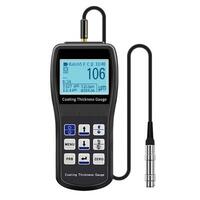
Coating Thickness Gauge
Will use coating thickness gauge to measuere the thickness of the coating layer, such as zinc electoplated, hot dip galvanized coating and zinc flake coating.
Guide 6
Packaging of Bolt/Cap Screw

Usual Packaging
Label: black text on white, no pattern and barcode
Carton: standard double corrugated neutral carton, bulking packing, maximum load bearing: 25kg per carton
Pallet: Europe Fumigation Pallet, 36 cartons per pallets, Width 800mm x Length 1200mm
Guide 7
Production Time of Bolt/Cap Screw
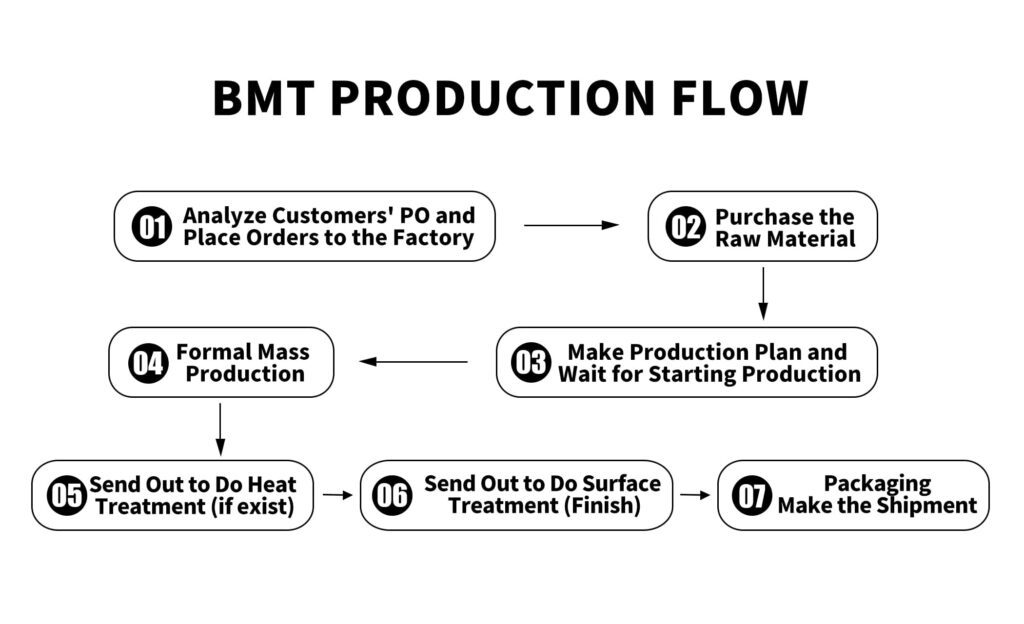
Flow 01: Need 3 Days – Analyze Customers’ PO and Place Orders to the Factory
Flow 02: Need 10 Days – Purchase the Raw Material
Flow 03: Need 15 Days – Make Production Plan and Wait for Starting Production
Flow 04: Need 15 Days – Formal Mass Production
Flow 05: Need 7 Days – Send Out to Do Heat Treatment (if exist)
Flow 06: Need 7 Days – Send Out to Do Surface Treatment (Finish)
Flow 07: Need 7 Days – Packaging, Make the Shipment
Total Time: 60 Days to 70 Days
Guide 8
Inquiry Required Content
Let us know who you are, and we can contact you in time.
We will give you a more reasonable price.
Let us know your needed product well.
Let us know if the products need to do the heat treatment.
Zinc Electoplated or Hot Dip Galvanized Coating or Zinc Flake Coating…
Our MOQ is about 1 pallet (900KGS) per size.
If it is a customized package, we will send the carton/label to you by courier for confirmation before packaging.
We will make a more suitable production plan for you.
FOB (We usually quote based on FOB ), CIF, FCA
This information is important before mass production. We will adjust the production plan according to your requirement.
